Communications and Signal Processing
Interference Management
 Interference management in wireless communications proposing interference alignment methods and a proof-of-concept demonstration to reduce interference in military communications utilizing efficient spectrum allocation for all terminals. Additionally, flexibility of usage in countries’ borders or conflict zones is aimed in designing next-generation communication systems that can be dynamically configured.
Interference management in wireless communications proposing interference alignment methods and a proof-of-concept demonstration to reduce interference in military communications utilizing efficient spectrum allocation for all terminals. Additionally, flexibility of usage in countries’ borders or conflict zones is aimed in designing next-generation communication systems that can be dynamically configured.

Waveform Design
Waveform design deals with effective methods to generate signals and receive them at the receiver side through a channel, meeting the design criteria depending on the demands of users, channel conditions, system, and technology. Waveform design for next generation communication systems including 5G-and-beyond and massive IoT systems is our one of the research interests.
RF-Energy Harvesting
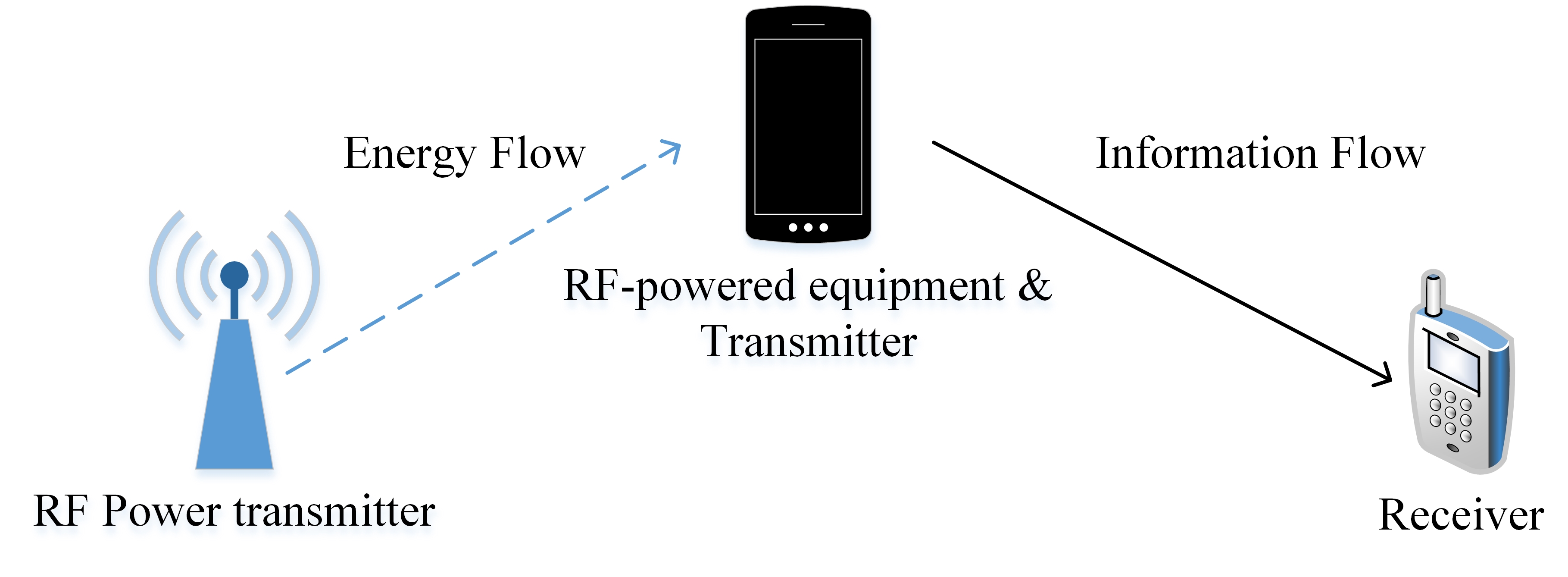 Energy harvesting (EH) from radio frequency (RF) signals is a promising approach that has been regarded as an alternative solution to the power efficiency issue. In EH, nodes can both harvest energy and process information concurrently. As a result, the EH node does not need to have an external source of energy since it uses the harvested energy to forward the received signal to a destination. In the literature, practical EH techniques are classified as power splitting (PS) and time switching (TS) relaying. In PS, the EH node divides the incoming signal power in two parts for EH and information processing (IP) during the whole transmission interval. In TS, a certain fraction of the transmission interval is reserved to EH while the reminder fraction to IP. For both protocols, EH node uses the harvested energy to transmit the received signal to its destination.
Energy harvesting (EH) from radio frequency (RF) signals is a promising approach that has been regarded as an alternative solution to the power efficiency issue. In EH, nodes can both harvest energy and process information concurrently. As a result, the EH node does not need to have an external source of energy since it uses the harvested energy to forward the received signal to a destination. In the literature, practical EH techniques are classified as power splitting (PS) and time switching (TS) relaying. In PS, the EH node divides the incoming signal power in two parts for EH and information processing (IP) during the whole transmission interval. In TS, a certain fraction of the transmission interval is reserved to EH while the reminder fraction to IP. For both protocols, EH node uses the harvested energy to transmit the received signal to its destination.
NOMA
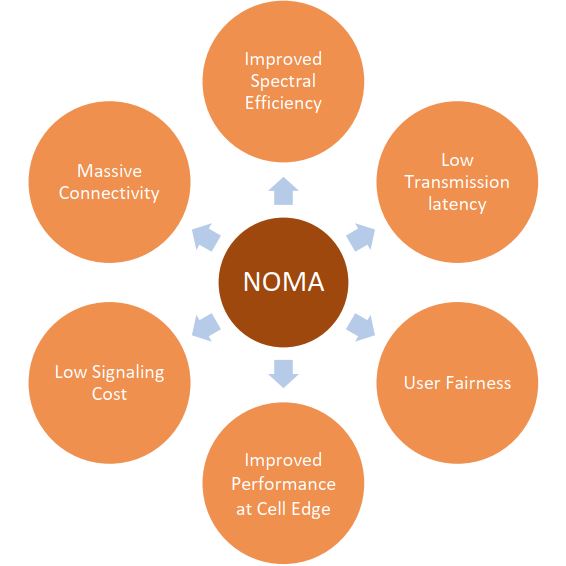 Non-orthogonal multiple access (NOMA) is a key-tech for 5G+ mobile communication network as it can provide massive connectivity, low transmission latency, user fairness while improving spectral efficiency and performance at cell edges. In NOMA concept, more than one user with different quality of service levels can access meanwhile the same resource block via power, code or other domains including time (i.e., time division multiple access, TDMA), frequency (i.e., frequency division multiple access, FDMA and orthogonal FDMA, OFDMA) and space (i.e., space division multiple access, SDMA).
Non-orthogonal multiple access (NOMA) is a key-tech for 5G+ mobile communication network as it can provide massive connectivity, low transmission latency, user fairness while improving spectral efficiency and performance at cell edges. In NOMA concept, more than one user with different quality of service levels can access meanwhile the same resource block via power, code or other domains including time (i.e., time division multiple access, TDMA), frequency (i.e., frequency division multiple access, FDMA and orthogonal FDMA, OFDMA) and space (i.e., space division multiple access, SDMA).
Software Defined Radios
Software-defined radios (SDR) are devices that allow to realize dynamic spectrum access through software modifications of SDRs (i.e., adjusting modulation type, coding, filtering, operating on various frequency bandwidths, etc. ). Next generation network protocols (5G and beyond) have been developing through the joint consideration of new technologies (internet-of-things, machine communication etc.).
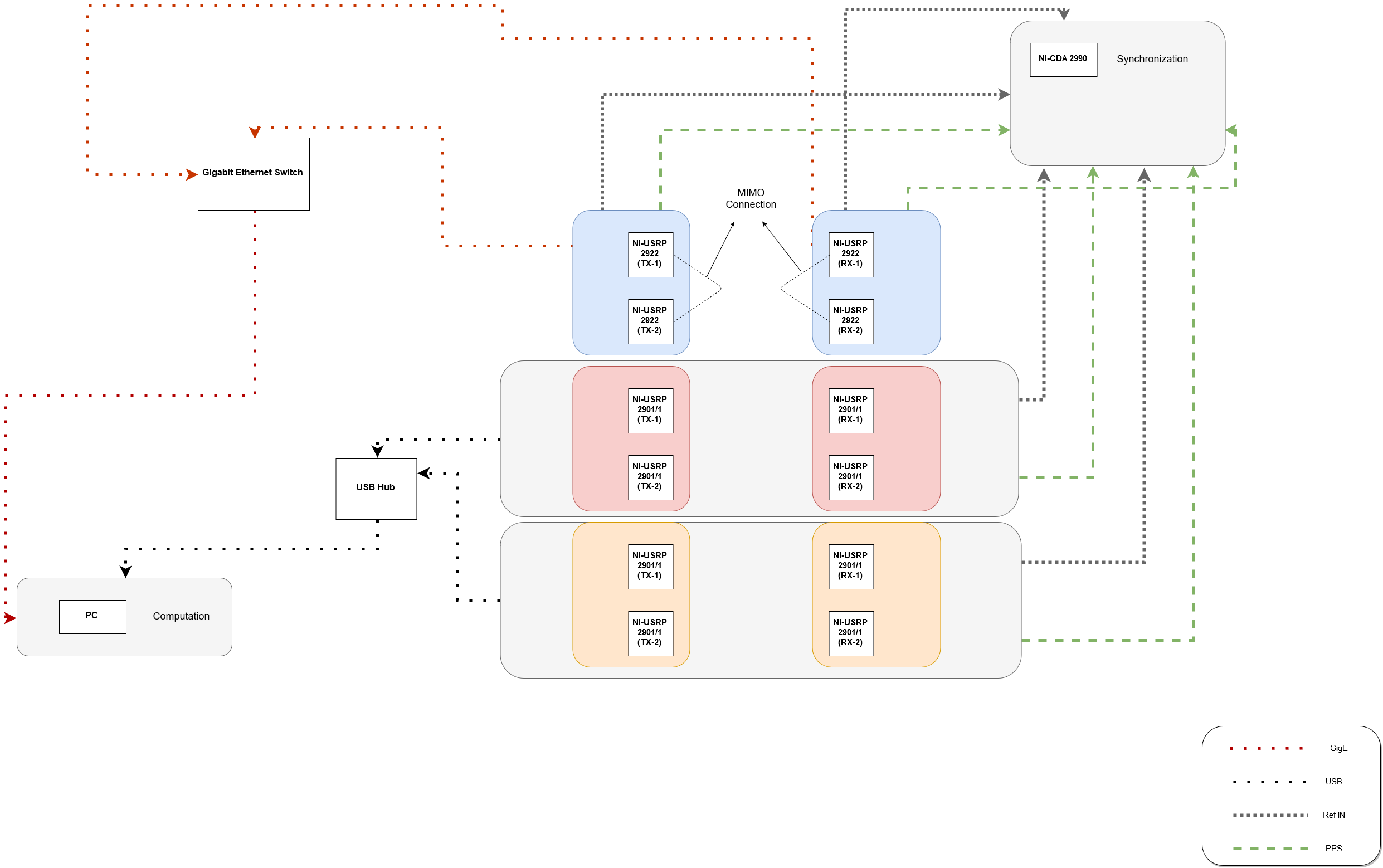
Free Space Optical (FSO) Communication Systems
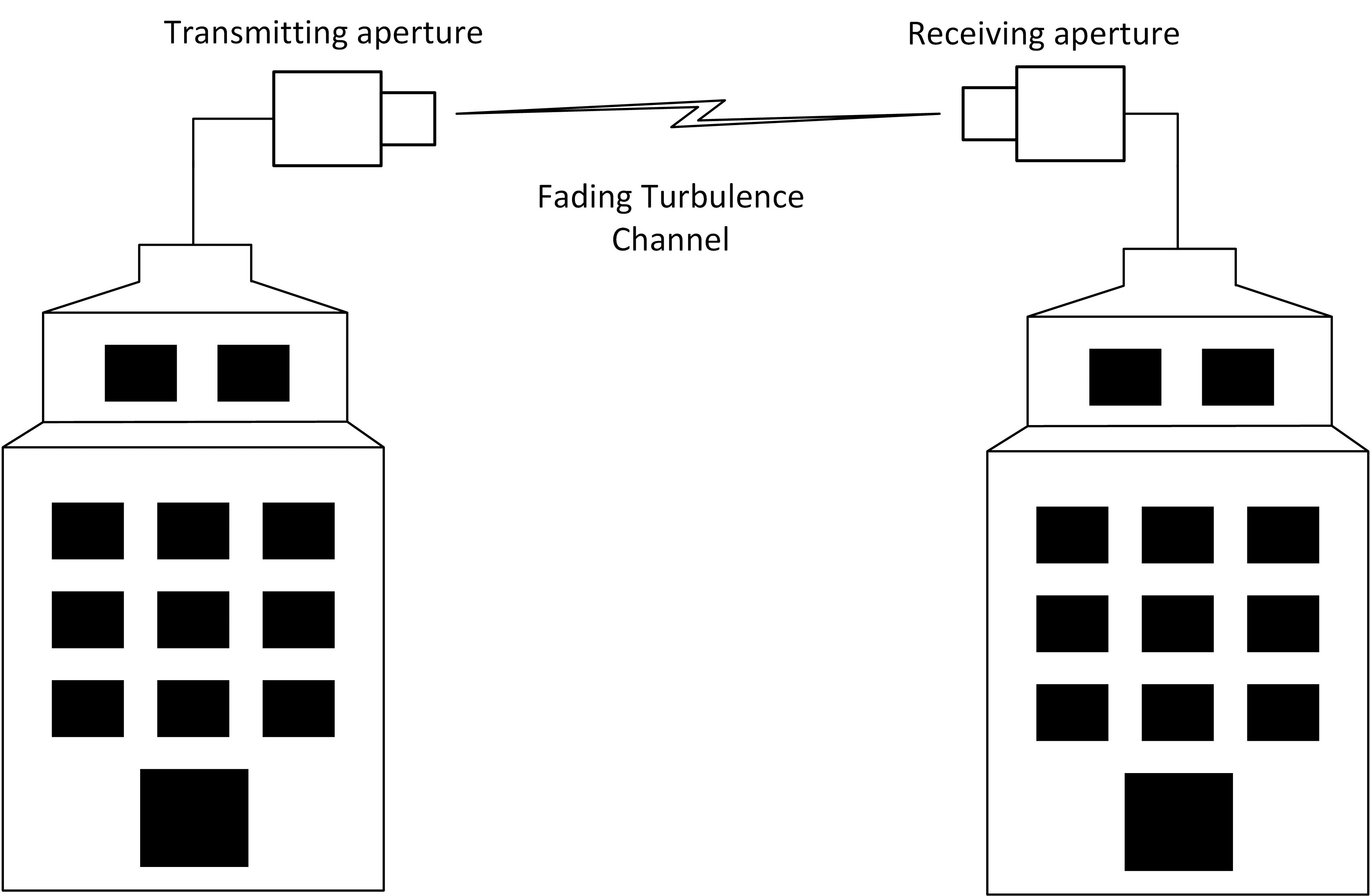
Research communities are lately interested in Free Space Optical (FSO) communication systems, in pursue of finding a solution for the spectrum congestion in wireless radio frequency (RF) communication systems. Free Space Optical (FSO) communication systems involve the transmission of data wirelessly from one point to another using optical frequencies. FSO communication systems are considered as an alternative (and complimentary in some applications) to the traditional RF communication systems due to its inherent advantages including high data rates, large bandwidths, enhanced security, license-free spectrum, and low deployment costs. However, despite these advantages, the reliability and performance of FSO systems are limited by path loss effects, atmospheric turbulence effects, and pointing errors. Our research group is specifically interested in characterizing the channel of FSO systems, which is necessary for an accurate assessment of the link availability and the reliability of the communication system.
Vehicular Communication Systems
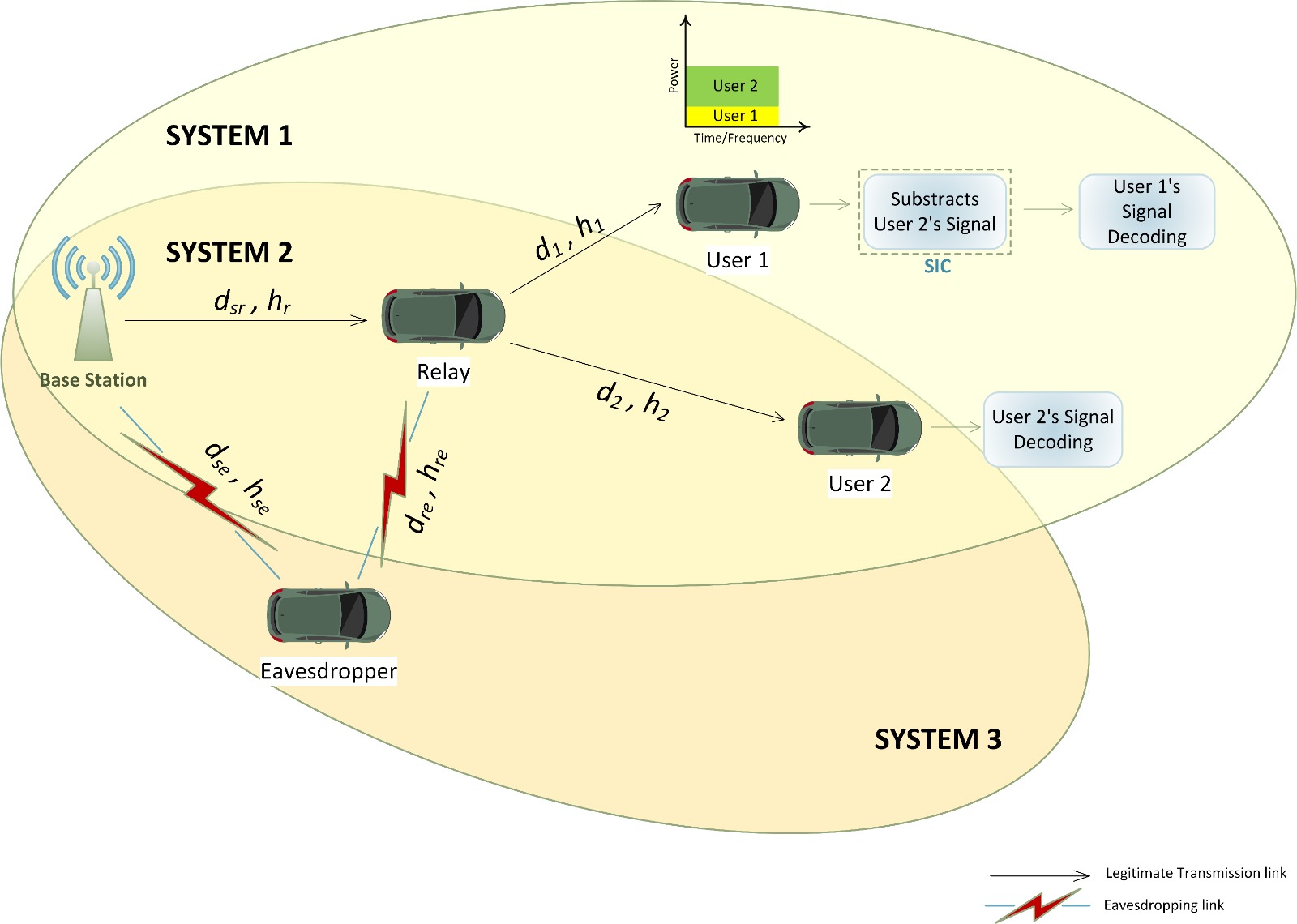
Vehicular communication is a novel concept for next-generation wireless networks. This technology increases our future safety and comfort with intelligent transformation systems (ITS) applications and dedicated short-range communication (DSRC) in the 5.9 GHz band with little human participation. Furthermore, ITS in smart cities primarily offers clients a driver-free experience by evaluating future generations as well as traffic and management, such as lane change alerts, automated parking operations, and online guidance systems. The two most frequent types of vehicular communications are addressed by considering the end user’s mobility as vehicle-to-vehicle (V2V) and vehicle-to-infrastructure (V2I) communication.
Networking
Cognitive Radio Networks
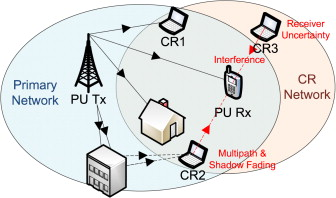 Cognitive radio (CR) is an intelligent radio that learns from its surrounding environment by analyzing. CR is one of the most promising technologies that aim for efficient spectrum utilization and alleviating the spectrum scarcity problem. Cognitive users or secondary users have to effectively capture the arising spectrum opportunities in time, frequency, and space to transmit their data. Mainly, two aspects characterize the resource allocation for CR networks: 1) primary (licensed) network protection and 2) secondary (unlicensed) network performance enhancement in terms of quality-of-service, throughput, fairness, energy efficiency, etc. CR networks can operate in one of three known operation modes: 1) interweave; 2) overlay; and 3) underlay.
Cognitive radio (CR) is an intelligent radio that learns from its surrounding environment by analyzing. CR is one of the most promising technologies that aim for efficient spectrum utilization and alleviating the spectrum scarcity problem. Cognitive users or secondary users have to effectively capture the arising spectrum opportunities in time, frequency, and space to transmit their data. Mainly, two aspects characterize the resource allocation for CR networks: 1) primary (licensed) network protection and 2) secondary (unlicensed) network performance enhancement in terms of quality-of-service, throughput, fairness, energy efficiency, etc. CR networks can operate in one of three known operation modes: 1) interweave; 2) overlay; and 3) underlay.
Stochastic Geometry in Cellular Networks
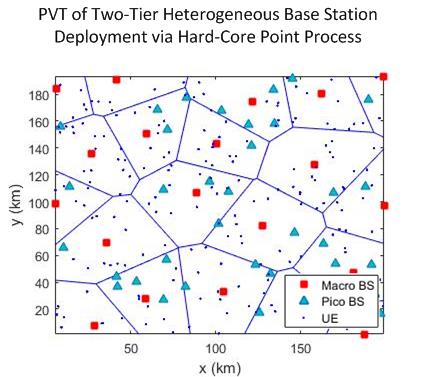 In order to meet the extreme network energy consumption, BS deployment techniques are considered as appropriate solution methods in multi-tier heterogeneous networks (HetNets). Therefore, optimal network planning is considered as a necessary challenge. Grid models are highly idealized models which do not accurately capture the actual BS deployment. So, stochastic geometry models, which handles random spatial patterns, have been commonly used for the deployment of BSs in the HetNet. Instead of hexagonal structure, Poisson Voronoi tessellation (PVT) which is the stochastic geometry scheme model, is suitable for the irregular network topology and much closer to real network structure. The stochastic geometry also allows the examination of the average behavior on many spatial occurrences of a network where network nodes adapt to a given probability distribution. In this way, different types of wireless networks can be modeled, characterized and their behavior can be interpreted. Analysis of energy efficiency methods in k-tier HetNets by using the derived performance metrics (achievable data rate, throughput, coverage probability, etc.) is one of our research topics.
In order to meet the extreme network energy consumption, BS deployment techniques are considered as appropriate solution methods in multi-tier heterogeneous networks (HetNets). Therefore, optimal network planning is considered as a necessary challenge. Grid models are highly idealized models which do not accurately capture the actual BS deployment. So, stochastic geometry models, which handles random spatial patterns, have been commonly used for the deployment of BSs in the HetNet. Instead of hexagonal structure, Poisson Voronoi tessellation (PVT) which is the stochastic geometry scheme model, is suitable for the irregular network topology and much closer to real network structure. The stochastic geometry also allows the examination of the average behavior on many spatial occurrences of a network where network nodes adapt to a given probability distribution. In this way, different types of wireless networks can be modeled, characterized and their behavior can be interpreted. Analysis of energy efficiency methods in k-tier HetNets by using the derived performance metrics (achievable data rate, throughput, coverage probability, etc.) is one of our research topics.
Green Communication and Networking
 Green communications has been taking great attraction in recent years due to increasing rate of power consumption in rapidly evolving cellular networks. Substantial increase in the number of base stations (BSs) enforces society to focus on green cellular networks for next-generation communication systems. Information and communication technology (ICT) sector will be responsible from 20% of the total energy consumption in 2025 and 14% of global CO2 emissions in 2040. S Considering this concept, significant improvements in energy efficiency at BSs provide not only operational cost savings but also decreased carbon footprint. Thus, it is necessary to utilize more green approaches to meet these concerns.
Green communications has been taking great attraction in recent years due to increasing rate of power consumption in rapidly evolving cellular networks. Substantial increase in the number of base stations (BSs) enforces society to focus on green cellular networks for next-generation communication systems. Information and communication technology (ICT) sector will be responsible from 20% of the total energy consumption in 2025 and 14% of global CO2 emissions in 2040. S Considering this concept, significant improvements in energy efficiency at BSs provide not only operational cost savings but also decreased carbon footprint. Thus, it is necessary to utilize more green approaches to meet these concerns.
Load Balancing-Based Handover Management for Unbalanced User Distribution in Beyond 5G HetNets
 A stochastic geometry-based heterogeneous network topology is considered similar to the real-life base station deployment where Markov chain-based handover management and load balancing are proposed for unbalanced user distribution in highly dynamic topologies. The Markov chain process is proposed to model the states of UEs during handover to provide a balanced load, where UEs are modeled as pedestrians, vehicles, and drones to overcome the connection discontinuity problems that occur due to handover failures and insufficient network capacity. Accordingly, a load balancing-aware handover management algorithm is proposed to provide a better quality of service.
A stochastic geometry-based heterogeneous network topology is considered similar to the real-life base station deployment where Markov chain-based handover management and load balancing are proposed for unbalanced user distribution in highly dynamic topologies. The Markov chain process is proposed to model the states of UEs during handover to provide a balanced load, where UEs are modeled as pedestrians, vehicles, and drones to overcome the connection discontinuity problems that occur due to handover failures and insufficient network capacity. Accordingly, a load balancing-aware handover management algorithm is proposed to provide a better quality of service.
Vehicular Edge Computing Networks
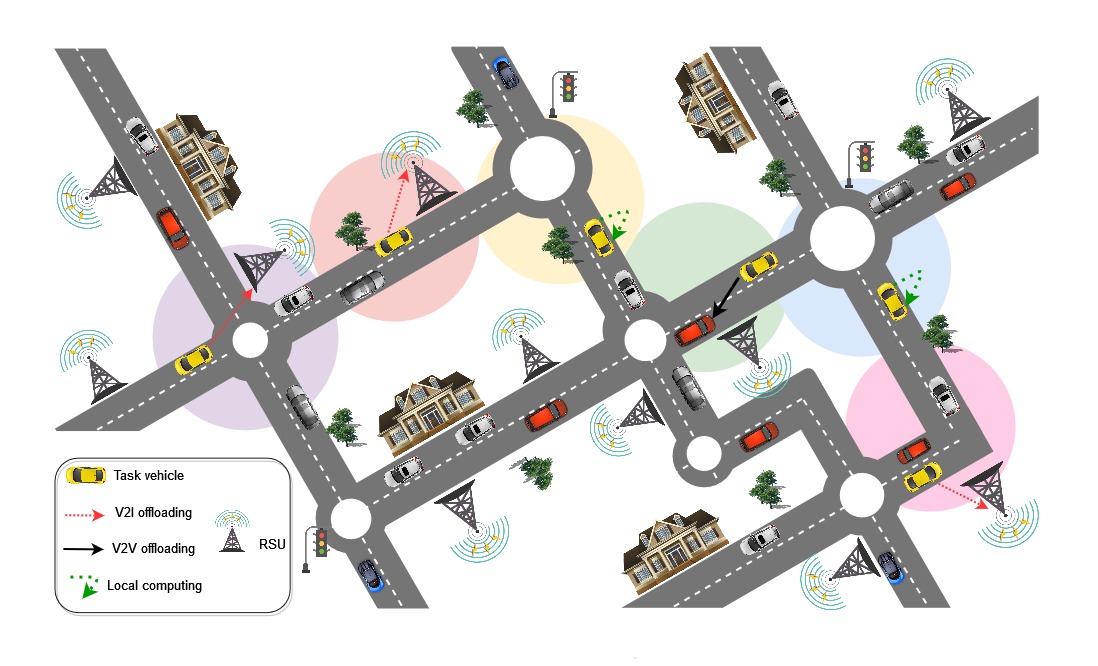 The massive expansion and improvement of smart vehicles have led to the adoption of numerous applications in vehicular contexts, such as autonomous driving and virtual reality. The majority of these applications necessitate a significant amount of storage and compute capacity, both of which are often unavailable in smart cars. Vehicle edge computing is a potential approach that allows automobiles with limited processing capacity to execute intelligent applications effectively by offloading tasks to roadside units such as base stations, access points, or nearby vehicles within their communication range. We investigate online learning procedures based on reinforcement learning, which allow vehicles to learn the offloading delay performance by interacting with the environment. Since vehicular environments are extremely dynamic, in order to make a steady computation offloading decision under the uncertainties of the surroundings, we investigate online learning methods that rely on reinforcement learning, which allows vehicles to learn the offloading delay and energy consumption performance by interacting with the environment.
The massive expansion and improvement of smart vehicles have led to the adoption of numerous applications in vehicular contexts, such as autonomous driving and virtual reality. The majority of these applications necessitate a significant amount of storage and compute capacity, both of which are often unavailable in smart cars. Vehicle edge computing is a potential approach that allows automobiles with limited processing capacity to execute intelligent applications effectively by offloading tasks to roadside units such as base stations, access points, or nearby vehicles within their communication range. We investigate online learning procedures based on reinforcement learning, which allow vehicles to learn the offloading delay performance by interacting with the environment. Since vehicular environments are extremely dynamic, in order to make a steady computation offloading decision under the uncertainties of the surroundings, we investigate online learning methods that rely on reinforcement learning, which allows vehicles to learn the offloading delay and energy consumption performance by interacting with the environment.
Information Processing
Time-Frequency Signal Processing and the Fractional Fourier Transform
Time-frequency signal processing is a powerful tool to analyze, process, and interpret nonstationary signals. We developed novel techniques for the analysis and design of high-resolution time-frequency distributions utilizing the fractional Fourier transform. We proposed and analyzed adaptive filtering in fractional Fourier domains in the literature for the first time, and introduced new discrete fractional Fourier transform (DFrFT) definitions. We further worked on the reconstruction of nonuniformly sampled time-limited signals using prolate spheroidal wave functions, and signal recovery in fractional Fourier domains.

Large-Scale Data Analytics & Machine Learning
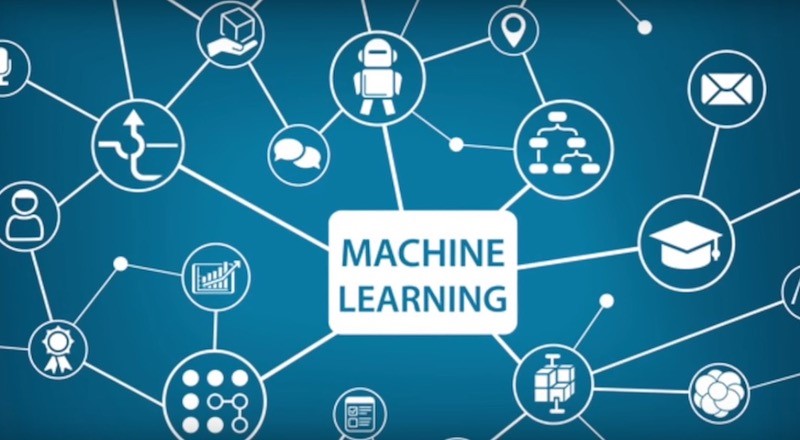 Machine learning (ML) is the scientific study of algorithms and statistical models that computer systems use in order to perform a specific task effectively without using explicit instructions, relying on patterns and inference instead. It is seen as a subset of artificial intelligence. Machine learning algorithms build a mathematical model based on sample data, known as “training data", in order to make predictions or decisions without being explicitly programmed to perform the task. Machine learning is closely related to computational statistics, which focuses on making predictions using computers. Neural networks, as the name suggests, are modeled on neurons in the brain. They use artificial intelligence to untangle and break down extremely complex relationships. What sets neural networks apart from other machine-learning algorithms is that they make use of an architecture inspired by the neurons in the brain.
Machine learning (ML) is the scientific study of algorithms and statistical models that computer systems use in order to perform a specific task effectively without using explicit instructions, relying on patterns and inference instead. It is seen as a subset of artificial intelligence. Machine learning algorithms build a mathematical model based on sample data, known as “training data", in order to make predictions or decisions without being explicitly programmed to perform the task. Machine learning is closely related to computational statistics, which focuses on making predictions using computers. Neural networks, as the name suggests, are modeled on neurons in the brain. They use artificial intelligence to untangle and break down extremely complex relationships. What sets neural networks apart from other machine-learning algorithms is that they make use of an architecture inspired by the neurons in the brain.
